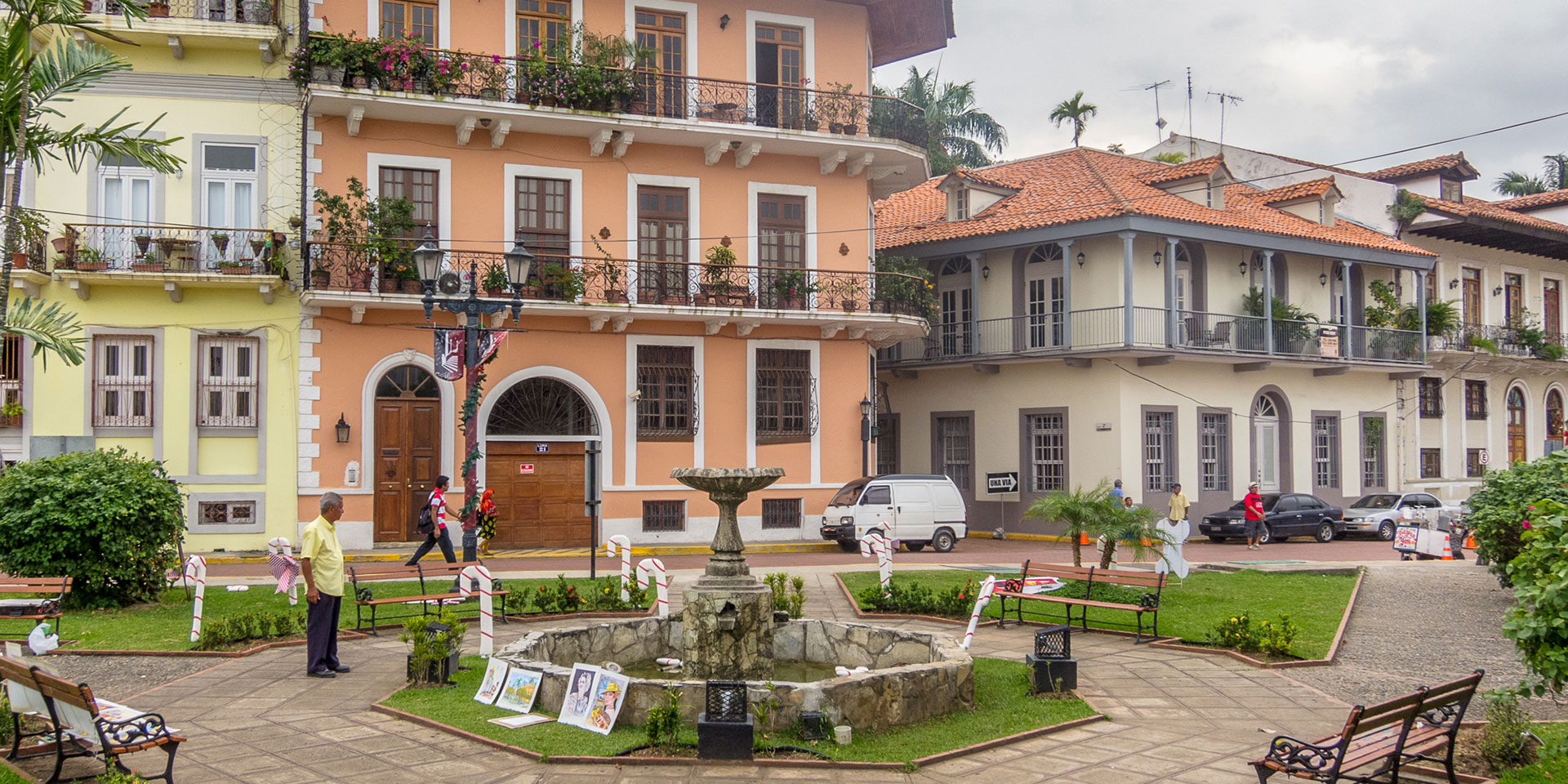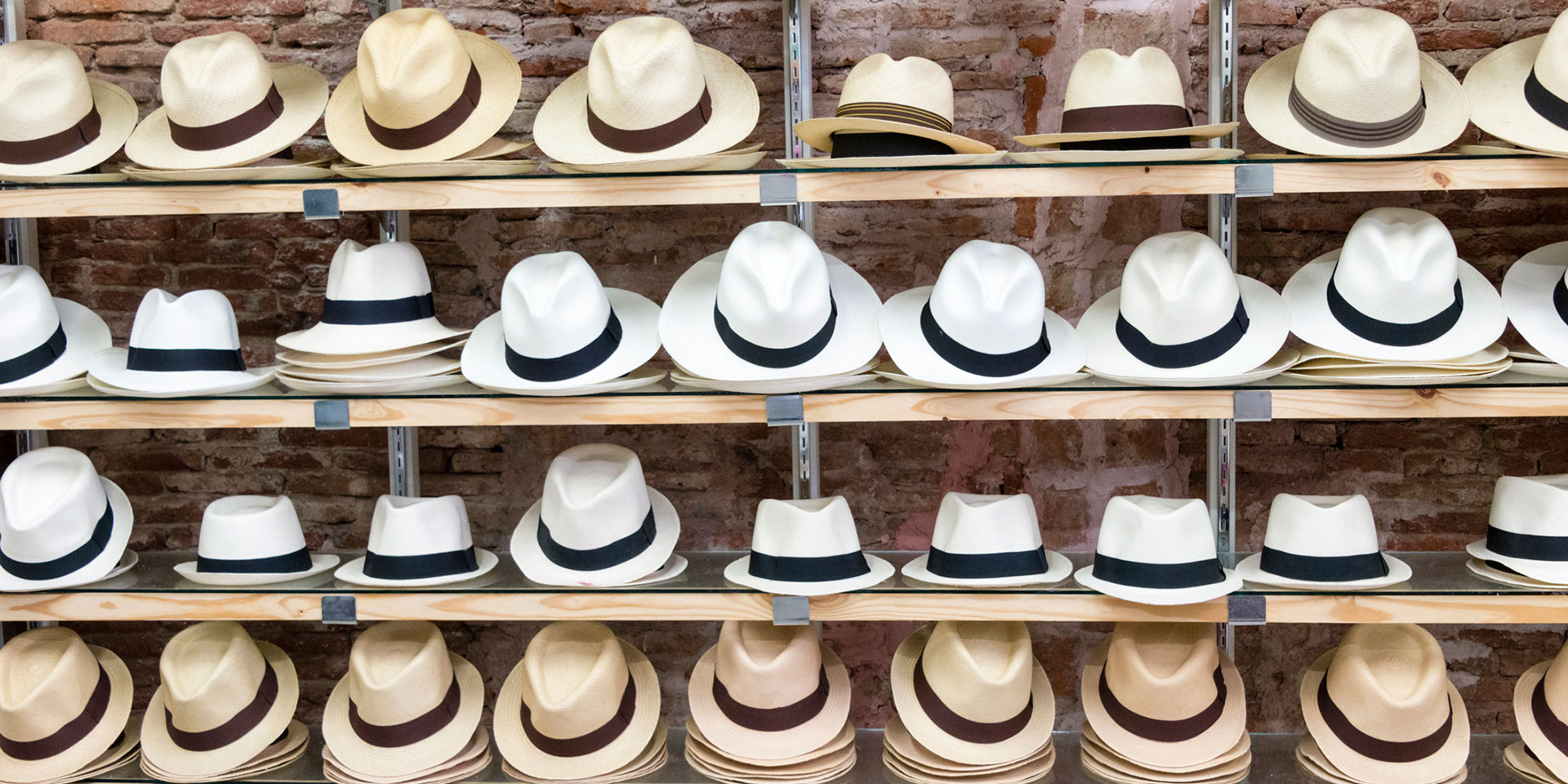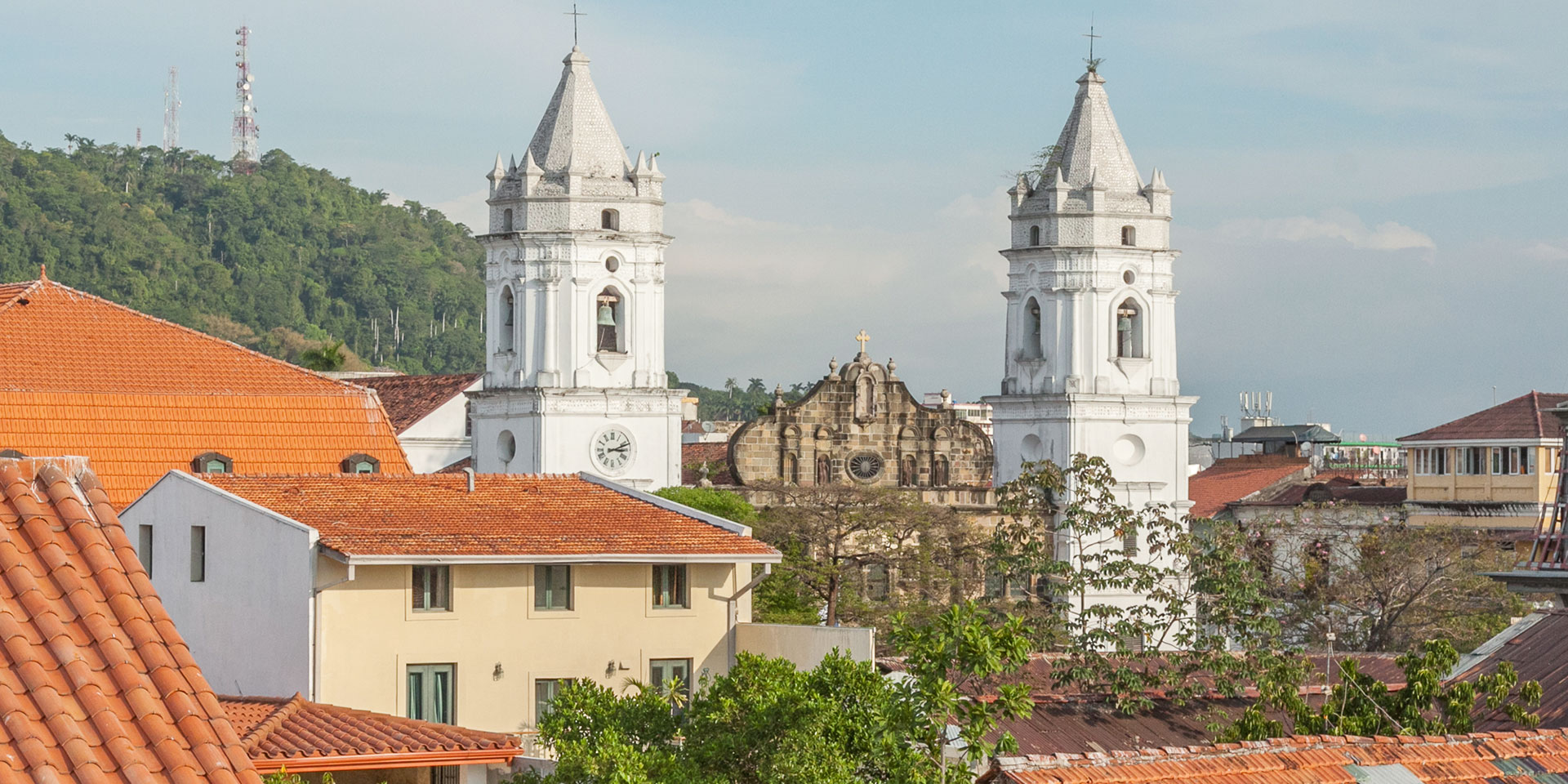Founded in the 1600s and designated a UNESCO World Heritage site in 1997, the Casco Viejo area of Panama City is home to some of the city’s hippest restaurants, bars, and shops. They’re surrounded by historic landmarks, like recently-renovated Plaza Santa Ana and Plaza 5 de Mayo, and increasingly rehabbed colonial architecture.
Casco Viejo is also sometimes called Casco Antiguo or San Felipe. Locals just call it Casco. Located on a narrow peninsula ringed by a treacherous reef, the Spanish chose the site for the settlement because it seemed easy to defend against pirates who wanted their pilfered gold.
Fast forward a few centuries, and nothing could protect Casco from the bombs that fell here in 1989 during the brief U.S. invasion of Panama, which was part of the hunt for Panamanian dictator Manuel Noriega.
Today, invaders of Casco Viejo are on the hunt for great shopping and, of course, the opportunity to take selfies at atmospheric historic sites. Here’s your guide.
Where to Buy Handmade Jewelry
Designer Mitchelle Quiñones makes modern yet organic one-of-a-kind jewelry by hand and it’s all for sale at Mitchelle Q. Joyería in Casco Viejo. Most pieces are made in sterling silver and many incorporate recycled elements, their vibrant colors evoking Panama’s tropical climate.
Where to Buy the Work of Local Artists

The Diablo Rosso art gallery promotes the work of local artists and has sold pieces to world-class international museums, including the Tate Modern in London and the Guggenheim Museum in New York. Whether you’re looking for a painting, photo, sculpture, or an installation-style piece to liven up your home, you’ll be able to find something compelling here, such as a colorful abstract collage by Panama-born Ana Elena Garuz.
Where to Buy Upscale Panamanian Crafts
For design-oriented, upscale Panamanian crafts — we’re talking woven baskets, masks, clothing made of alpaca wool, and colorful, high-quality textiles — head to Casa Latina. The owners work particularly hard to ensure fair compensation for the country’s indigenous artists.
Where to Buy Clothes and Accessories
Franklin Panamá is the place to find clothes and accessories inspired by the crafts, colors, and culture of Panama and, specifically, the Guna indigenous people. The vibrant patterns printed on bathing suits, handkerchiefs, ties, scarves, and more will be hard to pass up.
Where to Buy a Panama Hat

Panama hats actually originated in Ecuador, where they’re still a major craft and industry. The hats became associated with Panama when U.S. President Theodore Roosevelt wore one to fend off the Central American sun while inspecting the Panama Canal.
You can pick up a Panama hat in Panama at Victor’s Panama Hats in Casco Viejo.(And speaking of the Panama Canal, the Canal Museum of Panama in Casco Viejo focuses on the history of this attraction rather than just its engineering, and it’s a fascinating place to visit before or after your visit to the canal!)
Where to Buy Home Goods
Karavan Gallery offers home goods and textiles that celebrate and reinterpret the crafts of the Panamanian Caribbean coast. Among the items for sale here are pillowcases featuring prints of the traditional Kuna molas, hats woven by the Sofre people, and masks made by the Embera people.
Now, about those selfies…
As you’re exploring Casco Viejo, don’t forget to look around at the architecture and general street life. It really is spectacular and may put you in mind of the best parts of the French Quarter in New Orleans.
There are many churches in Casco Viejo and Sunday is a good day to visit when doors are open for services.
One can’t miss spot is the Metropolitan Cathedral. Finished in the late 1700s after a century of construction, this Catholic church, also called the Catedral de Nuestra Señora de la Asunción, is a mix of architectural styles. It anchors Plaza de la Independencia, where modern Panama was born when the nascent country declared its independence from Colombia in 1903.




